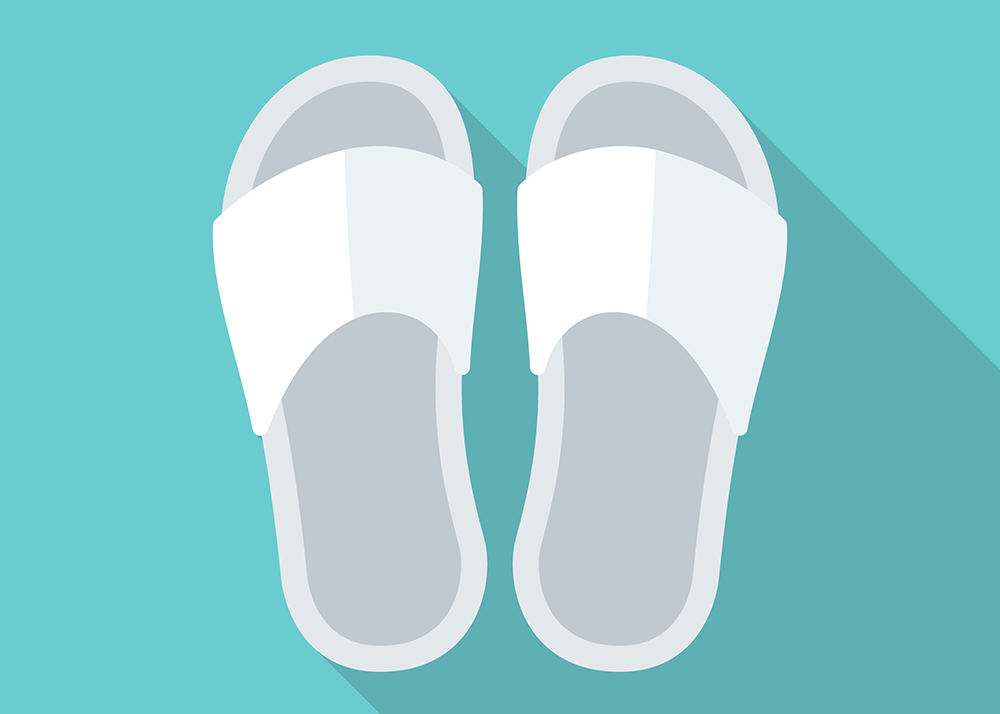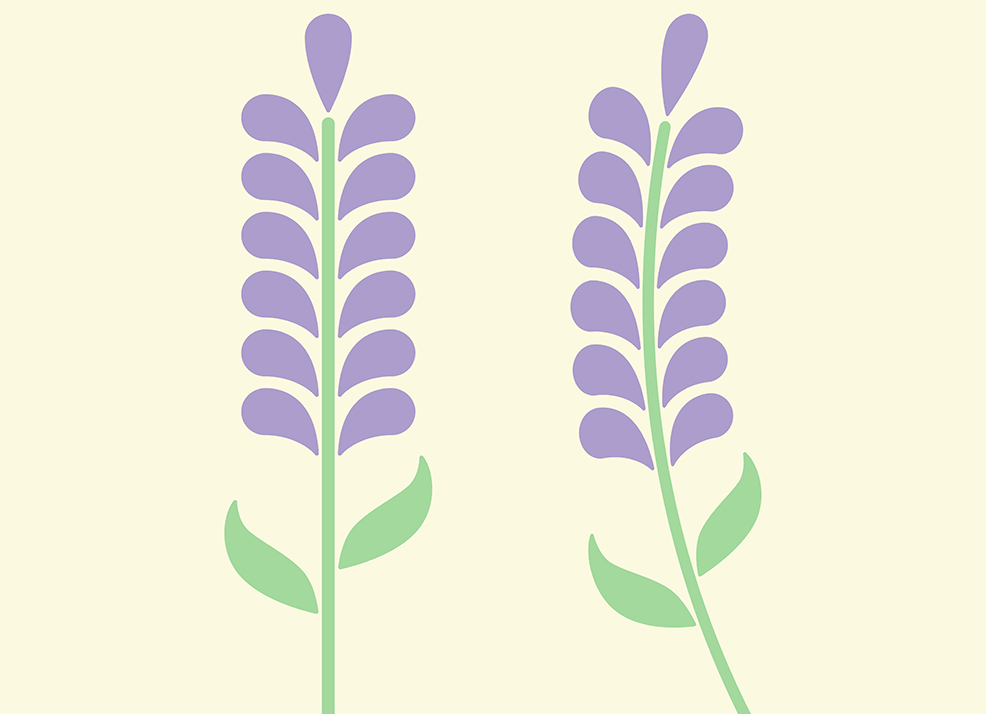Natural Home Remedies for Athlete’s Foot
Itchy, smelly feet following you around? Use these natural home remedies to soothe the itch and fight the fungus that causes athlete’s foot.

Natural Home Remedies For Athlete’s Foot
Your feet have been attacked by tinea pedis. This stealthy intruder, which targets the nails, skin and hair, causes skin to redden, crack, burn, scale and itch. When the fungus invades the area between your toes, the classic symptom is itchy, flaking skin. Sometimes tinea stays between the toes. But it may also appear on the soles and sides of the feet and even spread to your toenails.
Severe cases of athlete’s foot can be accompanied by oozing blisters. The locker-room floor is one place where tinea hangs out, but it also loves warm, moist places. Your feet, often confined in sweaty shoes and socks, are an ideal breeding ground.
What you can do
- After a bath or shower, dry your feet thoroughly. You might try using a hair dryer, particularly between your toes.
- Wear clean white socks made of natural fibre. They absorb moisture better than synthetics designed to draw moisture away from the foot. If you can, change your socks during the day to keep your feet sweat-free.
- Wear shoes made of canvas or leather, which allow your feet to breathe. Forgo rubber and plastic, which hold moisture in and can cause feet to sweat.
- Don’t wear the same shoes two days in a row. It takes at least a day for shoes to dry out. If your feet sweat heavily, change your shoes twice a day
- Dust the insides of your shoes with antifungal powder or spray. To kill fungus spores, spray some disinfectant, like Lysol, on a cloth and wipe out the insides of your shoes after you take them off.

More Tips For Curing Athletes Foot
- Wear slippers or shower shoes in places where others go barefoot, like gyms, health clubs, locker rooms and around swimming pools.
- The box of baking soda you keep in the fridge to absorb odours can relieve the itch and burn between your toes or on your feet. Add enough water to one tablespoon of baking soda to make a paste. Rub in the paste, then rinse and thoroughly dry your feet. Finish up with a dusting of cornstarch or powder.
- For a soothing foot soak, add two teaspoons of salt to two cups of warm water. Soak your feet for 5 to 10 minutes. Repeat this soak at frequent intervals until your feet are completely healed.
- Tea contains tannic acid, a natural astringent that works wonderfully to dry out sweaty feet. Steep five tea bags in a litre of boiling water for five minutes. Let cool to lukewarm, then soak your feet in this ‘tea bath’ for 30 minutes
- Plain yogurt containing live acidophilus bacteria is an instant remedy for athlete’s foot. These friendly microorganisms keep the fungus in check. Simply dab the yogurt on the infected areas, let dry, and rinse off. (But don’t use the flavoured kind!
- Add a few drops of mustard oil or a bit of mustard powder to a footbath. Mustard will help to kill the fungus. Soak your feet in the bath for up to half an hour.

A natural boost
- The heavenly scented herb lavender also has antifungal properties. Make a massage oil by adding three drops of lavender oil to one teaspoon of carrier oil (any vegetable oil or skin lotion will do). Rub into the infected skin daily.
- The oil of the Australian tea tree is a potent antiseptic. It alters the environment of the skin, making it harder for tinea to do its nasty work. For a soothing, healing treatment, mix tea-tree oil with the same amount of olive oil and rub the combination into the affected area twice a day. The olive oil helps to tenderize skin toughened by athlete’s foot so the tea-tree oil is better absorbed.
- Alternatively, mix tea-tree oil with aloe gel, another skin softener. Mix three parts tea-tree oil to one part aloe gel and rub this salve into the infected area twice a day. Give this treatment six to eight weeks to work.
- Calendula has been valued for centuries as a topical treatment for wounds and skin conditions. This herbal healer is said to have both antifungal and anti-inflammatory powers. Rub calendula ointment, sold at health-food stores, on the affected areas, especially between your toes.




